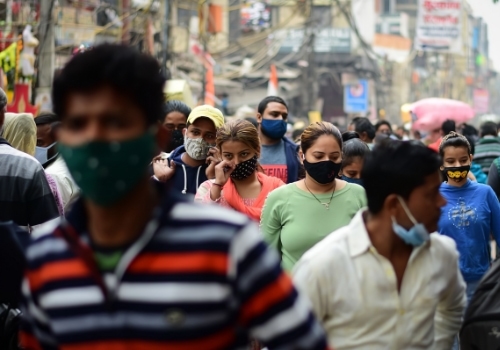For decades, diagnostic tools have contributed to improving patient care by enabling clinicians to make medical decisions earlier and more accurately. Yet, the premise on which healthcare was built and functions on, even today, rests on an archaic concept – treating the sick.
While millions of sick patients receive care, keeping the well, healthy hasn’t been as much of a priority. That is, until the pandemic. Health system challenges that were bubbling for years – the growing burden of diseases, rising cost of healthcare or stretched resources – were magnified under the lens of COVID-19.
Countries have since realised that current system designs cannot handle the pressures of pandemic management nor tackle future challenges. If treating the ever-growing number of patients is unmanageable, should they shift gears to prevent or catch diseases early?
The value of diagnostics
As the pandemic has shown, the centrality of diagnostics extends far beyond testing for a novel virus. A wide range of diagnostic solutions are currently available or in development for almost all of the world’s most prevalent diseases – cancer, respiratory infections, heart conditions and infectious diseases such as tuberculosis and HIV.
From screening, detection and treatment to ongoing monitoring, diagnostics are an integral part of decision-making along every step of a person’s health, wellness and disease journey.
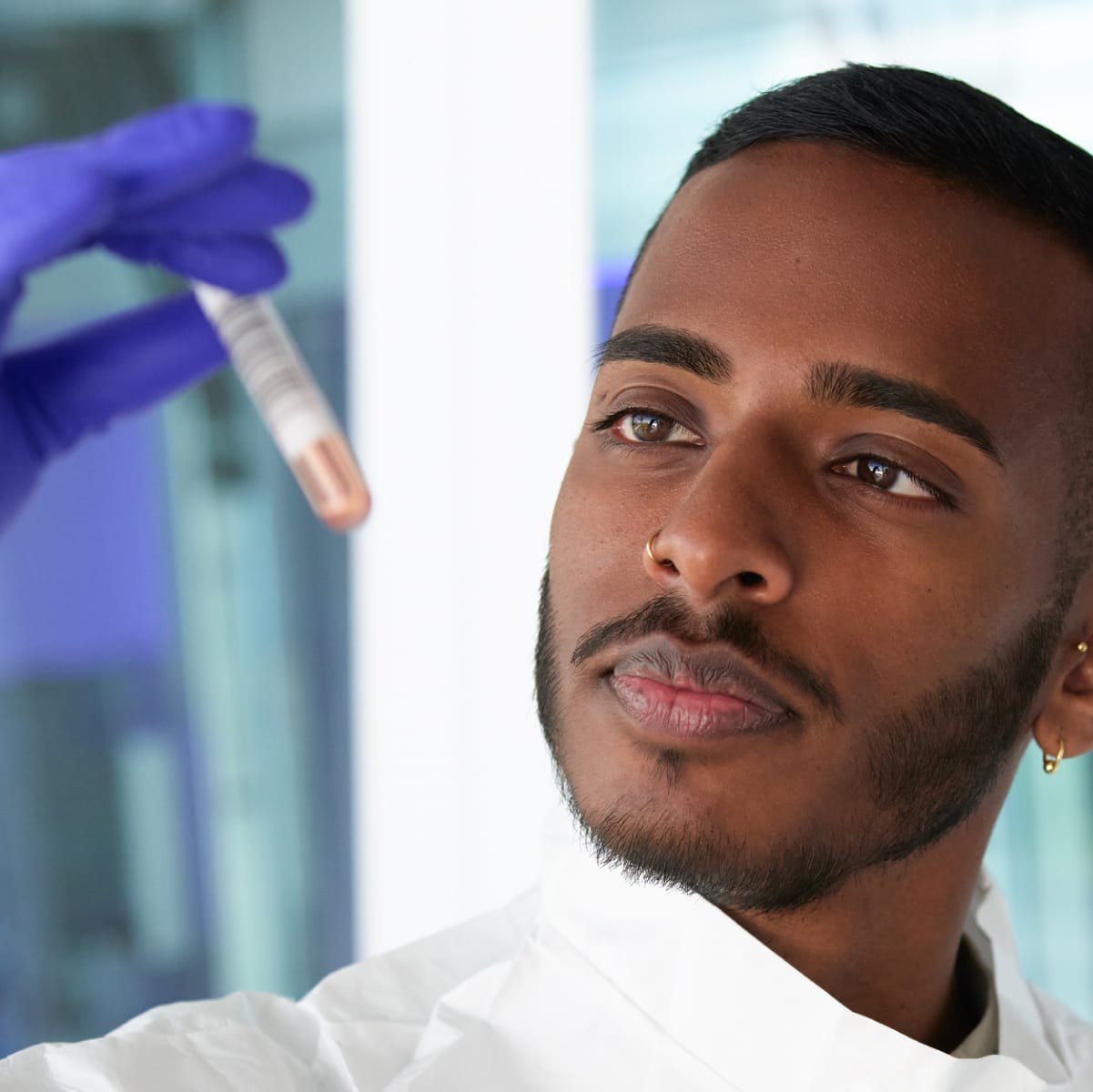
The promise of preventative and proactive care
A diagnostic test alone can change the course of someone’s healthcare experience – and his or her life. According to a case study by Medtech Europe on Heart Failure, early diagnosis has an impact both on improving survival rates and on reducing the direct and indirect costs of heart failure care on health systems and on society1.
As seen in the case of cervical cancer, 194 countries passed a resolution in support of the global strategy to accelerate the elimination of cervical cancer as a public health problem2. Australia, a global front-runner in cervical cancer elimination, has a robust vaccination and screening strategy. A study suggests maintaining these at their current rates could likely eliminate cervical cancer as a public health issue in the country by 20353.
However, realising the promise of proactive and preventative care hinges not only on policies that can ensure diagnostics access but infrastructure that can support capacity and capability to provide equitable and effective services.
Health system challenges that were bubbling for years – the growing burden of diseases, rising cost of healthcare or stretched resources – were magnified under the lens of COVID-19
Despite its foundational role in improving health outcomes, supporting 70% of healthcare decisions throughout a patient’s journey, diagnostics account for just 2% of global healthcare funding4. Diagnostics are critical to the successful implementation of universal healthcare programmes in low and middle-income countries (LMICs), the sustainability of health systems in advanced countries and for global health security through disease detection and surveillance.
Adapting to a new environment with digital tools
COVID-19 has shown the world that an unsustainable approach to healthcare creates a negative ripple effect. The quality of care suffers, patients may not get the best health outcomes and healthcare workers will continue to face relentless pressure. But, what the pandemic has also done is provide a global use case for the rapid acceleration and acceptance of digital tools in addressing these issues.
While patients may have been using digital health solutions such as mobile apps and wearables in the years prior, this was more of a personal choice rather than legally approved for medical use. For instance, one report suggests that before the pandemic the use of digital health tools had stalled even in a country like in Singapore, which has technologically savvy consumers5. Today, several factors are reshaping the healthcare environment. The shared experience of living through a pandemic has irrevocably changed provider and patient preference. If easy access to information created pockets of well-informed patients before, COVID-19 has led to a surge in citizen action with patients and advocates alike demanding better, uninterrupted care. In the World Health Organization (WHO) global pulse survey, 90% of countries reported disruptions to essential health services in the pandemic6.The disruption to critical health services has clearly highlighted the need for health systems to be able to deliver even in global emergencies.
And, for providers and payers, this rapid change in collective behaviour and growing expectations has altered how they deliver care. This is not only a sign of the times, but also the need of the hour.
In October 2021, WHO and its partners called on governments to better protect health and care workers stating, “An increasing proportion of the workforce are suffering from burnout, stress, anxiety and fatigue7.”
The integration of digital tools has helped to ensure continuity of care, and enable resource and cost efficiencies. In fact, new analysis indicates telehealth use has increased 38 times from pre-COVID-19 levels8.
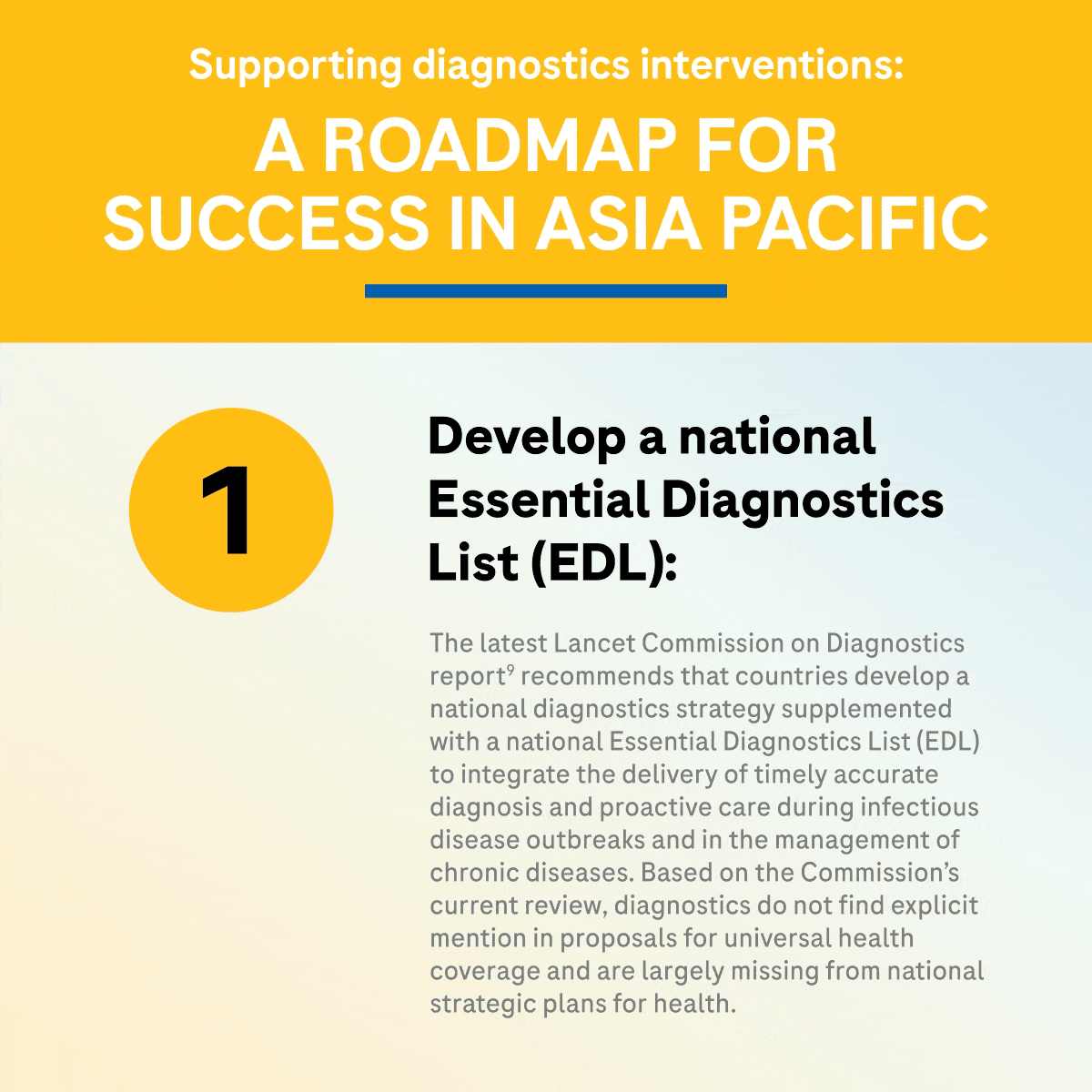
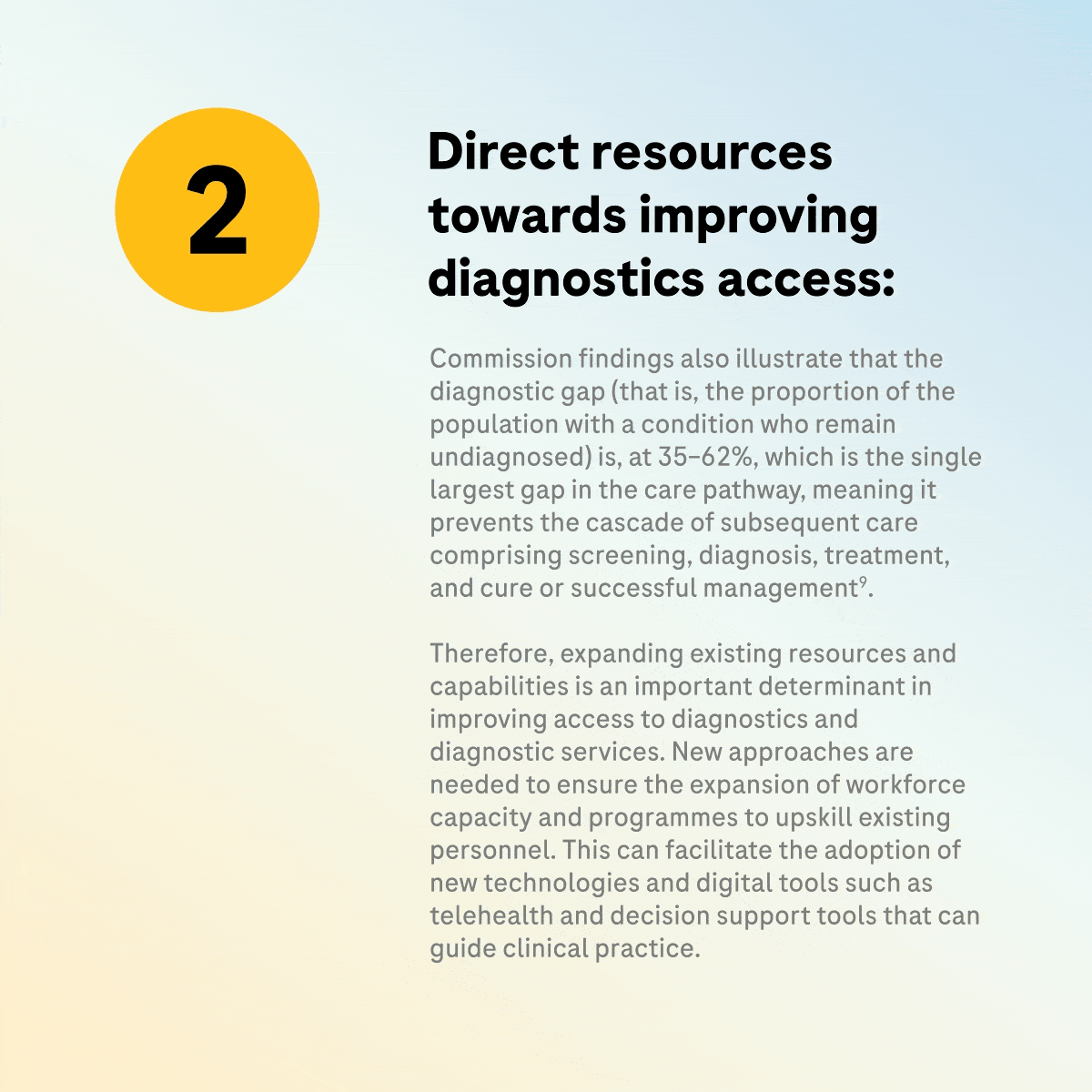
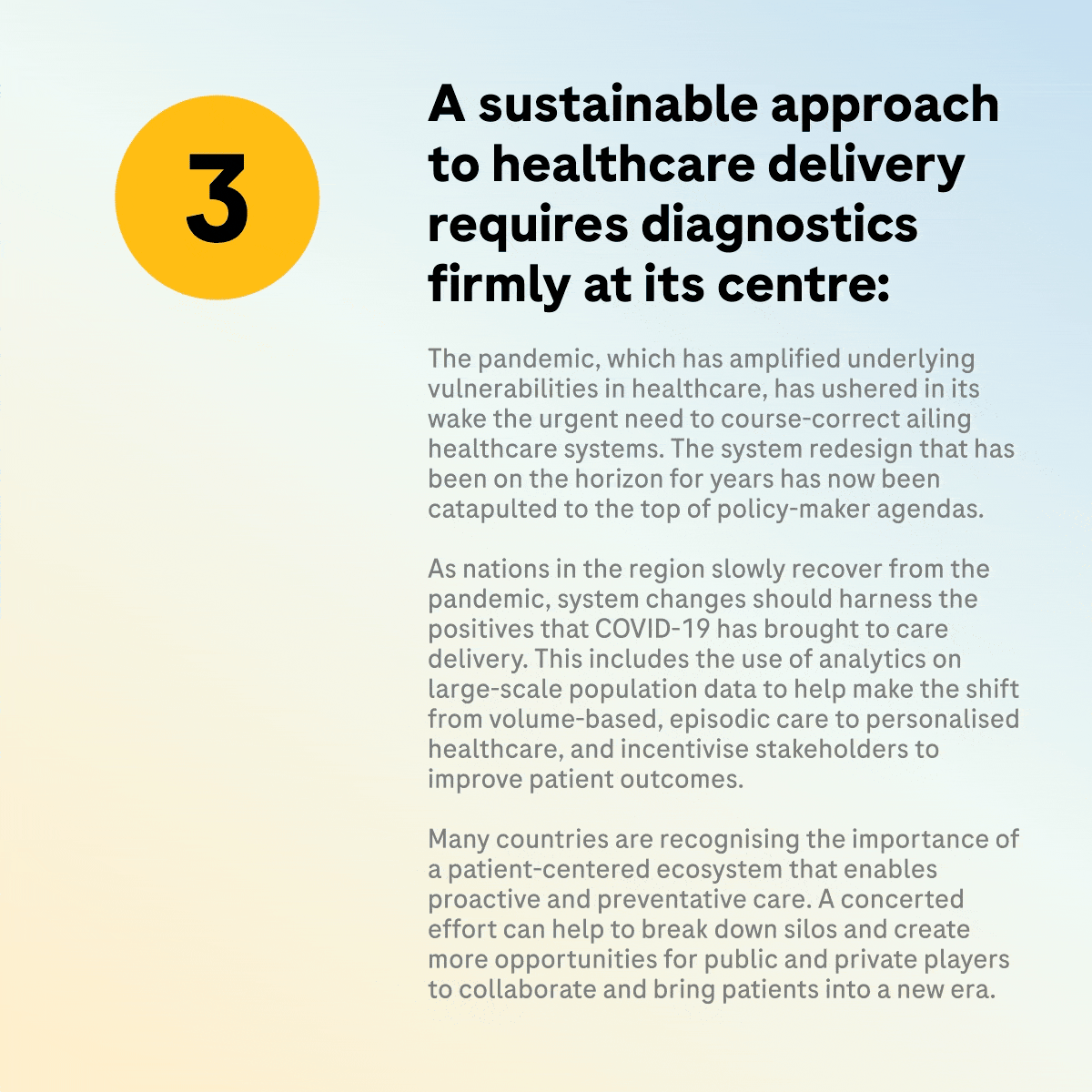
Diagram Dialogues
Subscribe to our podcast to hear expert insights from the world of diagnostics
References:
1The Value of Diagnostic Information in Heart Failure. Medtech Europe.
2World Health Organization. Global strategy to accelerate the elimination of cervical cancer as a public health problem.
3The Lancet Public Health. Volume 4, Issue 1, E19-E27, January 01, 2019. The projected timeframe until cervical cancer elimination in Australia: a modelling study.
470%-2%
5Re-Examining the Accenture 2020 Digital Health Consumer Survey Singapore Findings.
6World Health Organization press release. Retrieved from https://www.who.int/news/item/31-08-2020-in-who-globalpulse-survey-90-of-countries-report-disruptions-to-essentialhealth-services-since-covid-19-pandemic
7World Health Organization press release (21 October 2021). WHO and partners call for action to better protect health and care workers from COVID-19.
8McKinsey & Co analysis. 2021. Telehealth: A quarter-trillion-dollar post-COVID-19 reality?
9The Lancet Commission on diagnostics: transforming access to diagnostics. October 2021.
